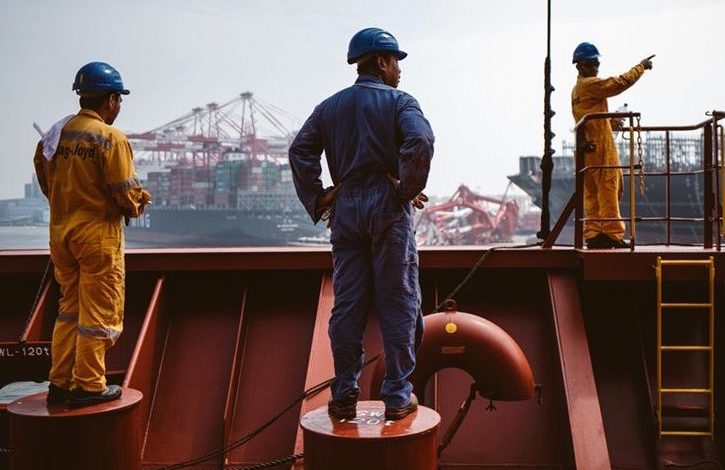[[{“value”:”

Following exhaustive research showing how jobs onboard are still too 24/7, the United Nations’ International Labour Organization (ILO) will look to tighten up the language surrounding work/rest regulations at sea at a Special Tripartite Committee of the Maritime Labour Convention (MLC), scheduled to be held in Geneva in April.
The ILO’s focus on work/rest hours follows on from a 64-page report from another UN institution, the World Maritime University, which carried out a survey in 2022, receiving more than 9,000 responses from seafarers around the world.
The survey found that seafarers report, on average, working for 11.5 hours, resting for 10.8 hours, and sleeping for 7.0 hours daily. Notably, 28.1% of seafarers acknowledge resting less than 10 hours, thus violating rest hours standards.

Seafarers report working on average 74.9 hours per week, significantly higher than the global 43 hours per week identified by the ILO’s 2018 general survey.
Other key takeaways from the survey include the statistic that 78.3% of respondents report not having one full day off during their entire contract period, contradicting the intention of the MLC. 88.3% of seafarers admit to exceeding work/rest hours limits at least once a month. Alarmingly, 16.5% exceed the limits more than ten times a month. Only 31.6% of seafarers admit to never adjusting their work/rest records.
High compliance rates reported by port state control masked seafarers’ reported non-compliance, creating what the authors of the WMU report have described as a “false narrative at policy levels”.
The root causes lie in the regulatory framework that is very loose, allowing flag states to compete on granting manning certificates with low numbers and expecting shipowners and shipmanagers to self-regulate.

One idea under discussion is for each vessel to be given a protected website, run by the flag state, where each seafarer is allowed to log in under guaranteed secrecy terms.
Moreover, for all the industry discussion about automation and autonomy leading to lower meaning requirements at sea, 87.6% of respondents to the WMU survey said there is an imbalance between work demand and crewing levels.
International Maritime Organization rules including the MLC and the Seafarers’ Training, Certification, and Watchkeeping Code (STCW) detail the amount of hours crew should be working with multiple accident reports over the years citing fatigue as a cause for many casualties.
Under the MLC, hours of work are stated as either maximum hours of work, or minimum hours of rest. The maximum hours of work must not exceed 14 hours in any 24-hour period, and 72 hours in any seven-day period.
The minimum hours of rest must not be less than 10 hours in any 24-hour period, and 77 hours in any seven-day period.
Reconciling wellness with excessive demands appears implausible, suggested Steven Jones, the founder of the Seafarers Happiness Index, in a recent article for Splash.
“Crews face overwhelming demands while grappling with chronic underreporting of work hours, and the threat of punishment for infractions,” Jones argued, adding: “Seafarers face a difficult choice: being honest about over work can lead to punishment, while dishonesty may allow them to escape consequences. This creates a troubling lack of incentive for proper, effective, open, and transparent recording of work hours.”
Other topics up for debate at April’s MLC summit in Geneva surround violence and harassment, repatriation, and shore leave.
The post UN reviews regulation as seafarers revealed to work 74% above global average appeared first on Energy News Beat.
“}]]
Energy News Beat
